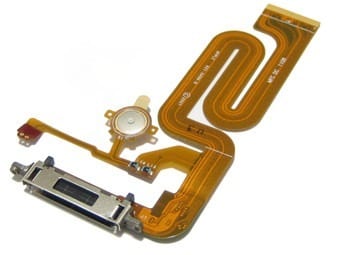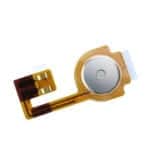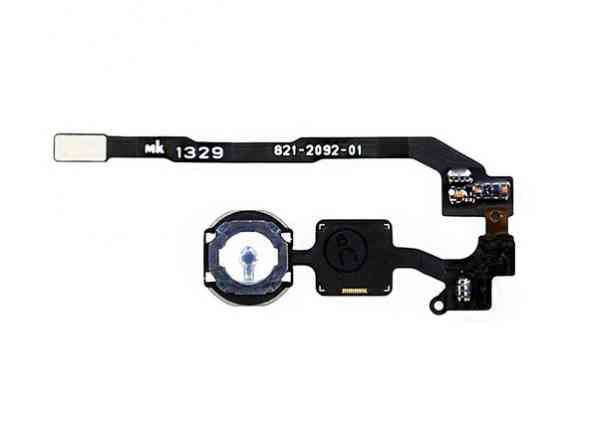We are immersed in the middle of a campaign of rumors and possible launches by Apple Lossless Audio CODEC (ALAC), throughout this year but, in this post, we want to turn this around. We want to look back and see how one of the fundamental parts of every iPhone has changed. The Home button.
The Home of the iPhone
It is more than clear, that since the exit to the world, in 2007, iPhoneIt has been a law followed by all manufacturers to eliminate any physical button on the front of the terminals, reaching the ideal of only leaving a single button. In the case of iPhone (Yes, also from iPads and iPods) they called that single button a button Home, and heThis has been its evolution to date.
First we meet the first iPhone, the one from 2007, which they called iPhone 2G and that it did not arrive as such in Spain. In this case, we observe an excessively large Home button with very long data flexes and what is most striking is that it was attached to the charging terminal of the deviceTherefore, if the button failed, the entire assembly would have to be replaced, making it more expensive and less reliable to repair.
Then with the arrival of iPhone 3G (and later the iPhone 3Gs, Ya que share mechanism for Home button), the size of the entire internal mechanism of the button itself is completely reduced, it is separated from the charging terminal, and we highlight that sits on a firm part of the phone, its casing, eliminating any possibility of displacement or breakage that we would have if it were floating.
- Home button iPhone 3G
- Home button iPhone 3GS
With the iPhone 4, Apple Lossless Audio CODEC (ALAC),, commit a serious Home Button assembly error, and as it was demonstrated at the time, it cost them numerous complaints from customers to whom it had simply stopped working or "It worked for him at times" (and obviously not a thing you can live with if you have an iPhone). The error itself, consists in the assembly of the button and the membrane as a set (the membrane is the flexible metal part, which is what makes contact with the circuit), completely changing the way of putting pressure on said membrane, making, on the one hand, that the adhesive used did not fully perform its function and, on the other hand, it made the displacements of the set more favorable, which would cause intermittent operation, since contact, but when it moves, it stops doing it.
This problem is solved with the iPhone 4S, going back to original design of separating membrane button. In addition, a rubber seal that prevents the entry of liquids and dirt. They also continue in the same line of minimizing the size of components such as flexible cables and connectors with the motherboard.
We arrived at iPhone 5, in this case everything remains the same. The membrane and the previously introduced gasket are improved (it is made of a more durable material) and in this case, it is reassembled in a very similar to how it was done with the iPhone 3 and 3Gs
In the case of Iphone 5c, it is not worth commenting more, except that everything remains the same as on the iphone 5simply from Apple Lossless Audio CODEC (ALAC),They say they improved it, but nothing significant.
Finally, in the case of iPhone 5S, there is further development, mainly due to the inclusion in the button of the fingerprint sensor, touch ID. This involves reducing the size of the membrane, and its inclusion in the reader's own mechanism, which now forms a block with Home button. Regarding the connections, these have been increased in a necessary way, since now the connector has to transmit data (collected by the sensor), directly to the phone's screen plate, so the connectors, now they are longer, and have more pins.
This concludes the walk through the most technical history of the button Home. I hope that now we value this little piece a little more, that in short, It is still one more iconic Apple element.
Source: Faq-Mac







